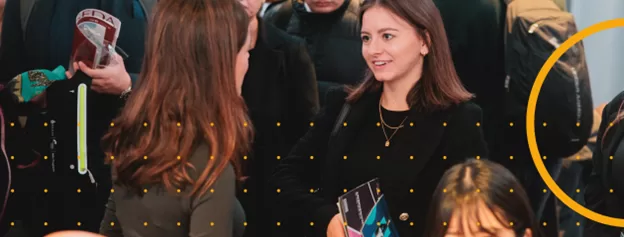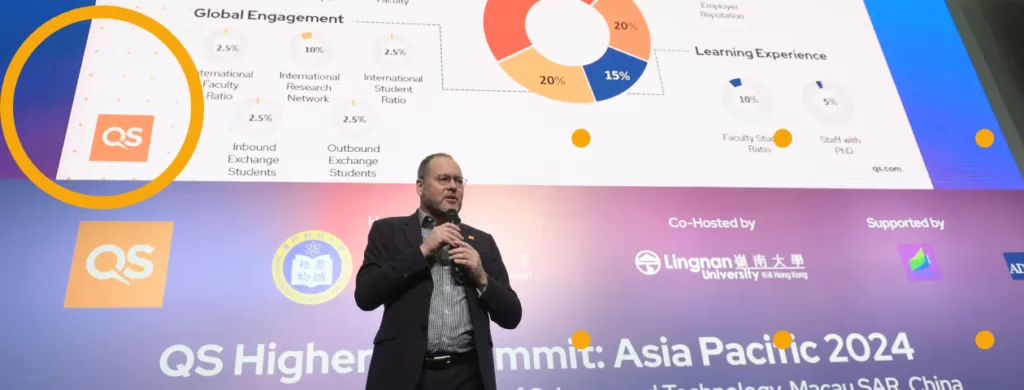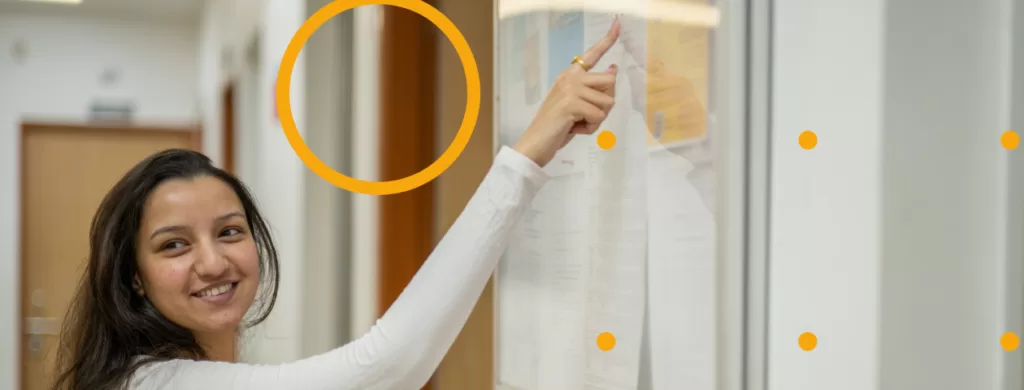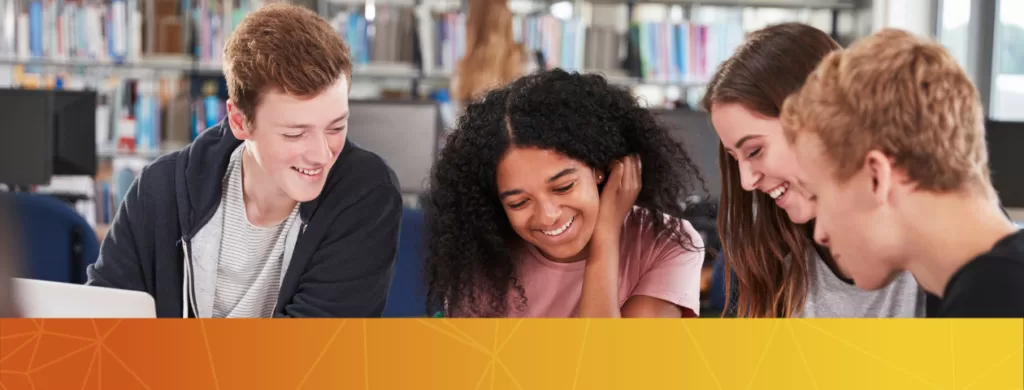University is a space where creativity can flourish. But how can your institution continue to encourage creativity in a time where the higher education experience has shifted online?
Creativity is a crucial skill in the development of innovative ideas. Without it, an organization or society is likely to lack the impetus needed to progress and move forward.
According to the QS 2019 Global Skills Gap Report, employers note a significant lack of creativity in graduates, with it being the second biggest skills gap in the technology sector.
Forbes also identified creativity as being one of the most in-demand soft skills that companies are looking for in 2020, highlighting how the skill is thought of as being a “natural gift” that is limited to certain disciplines, often leading it to be neglected in some fields of study.
However, creativity can be taught, and higher education institutions have a critical role to play in producing graduates that can utilize this skill in the workplace.
Teaching creativity at university is not only a key ingredient in increasing the employability of graduates, it can also play a crucial role in making students more skilled in their chosen subjects.
While it’s clear that students can acquire a vast amount of information at university, it’s what students can do with this information that indicates their proficiency within a certain field.
Creativity is about applying and interpreting knowledge in an innovative and unique way, and in order to do so, students must understand the content in detail, and have the confidence to provide their own unique take on it.
Emphasizing the teaching of creativity can be the difference between producing graduates who absorb and repeat information, and those who can use this information to develop new ideas and perceptions.
The coronavirus crisis has forced the closure of university campuses across the globe, with institutions shifting many of their classes online. As a result, higher education institutions are undergoing huge changes that could threaten the collective goal of teaching creativity as part of the education process.
Even as some countries begin to relax their mobility restrictions, many universities are opting to still rely heavily on online learning during the approaching academic year.
What does this mean for creativity in higher education?
If not properly addressed by institutions, the coronavirus crisis has the potential to suppress creativity in students in several ways.
Firstly, institutions will no longer be able to rely on the traditional techniques used to inspire creativity.
For example, in-person seminars are a natural way of encouraging open communication between students, allowing them to bounce ideas off one another and hear the thoughts of fellow students and faculty.
While educators seek to emulate this experience within online learning, many students are struggling to maintain open dialogues and communication in this virtual forum.
Additionally, students who undertake independent and solitary study may find themselves unpracticed in formulating and articulating their own opinions, as well as having the confidence to express them.
To combat this, there are many features on virtual learning platforms that encourage creativity and connection, and it’s the responsibility of faculty to utilize these to their full potential. These include:
- Hosting seminars, lectures, talks, and other online communication via video call
- Reviewing and altering assessments to ensure they spark creativity in students
- Create interactive activities for students to complete during online lectures
- Host introductory activities early on to ensure students get to know each other and have the confidence to share their opinion in virtual seminars
- Organize ‘break-out’ groups for any student discussions so group sizes are more manageable, and students do not feel overwhelmed when sharing their thoughts
Dr Isobel Ryder, Head of the Nursing program at the University of Portsmouth, told Nursing Times how the university was using scenario-based simulation and simulated patients to train nurses remotely.
According to Dr Ryder, the simulations aim to “frame an experience that a student would find very challenging.” This is an innovative way of utilizing virtual teaching methods to ensure students remain engaged and challenged, inspiring them with real-life scenarios.
Another area that may be affected by the current situation is the creativity found outside of the education process.
For many students, extracurricular activities help boost their creativity by forcing them outside of their comfort zones and introducing them to new people and opinions.
While these experiences might not be taking place in the classroom, any activity that boosts creativity is likely to encourage students to use more innovative thinking in their studies and become more practiced in the skill in general.
Our previous blog, How Your Institution Can Encourage the Extracurricular University Experience During the Coronavirus Crisis, discussed the many ways that your institution can ensure extracurricular activities continue into the next year.
Hosting virtual or socially distanced sessions or fairs will provide students with a creative outlet during their time at university, such as through performing arts or sports.
Another impact of the pandemic is how it might affect the mental state of students.
Most students are likely to experience an increase in anxiety to some degree, whether that’s due to worries about the safety of friends or family or insecurity about their future.
For some, this stress may have a huge knock-on effect on their creativity.
According to a study by Harvard Business Review that explored thousands of diary entries from creatives, stress, such as time pressures, can result in less creative results. They concluded that: “There was clearly less and less creative thinking in evidence as time pressure increased.”
It’s imperative that your institution guides its students through this difficult time, offering them online mental health support to ensure they have an outlet for their stress.
For more insights into how institutions and students are adapting to the coronavirus crisis, please see our latest report: The Coronavirus Crisis and the Future of Higher Education.



